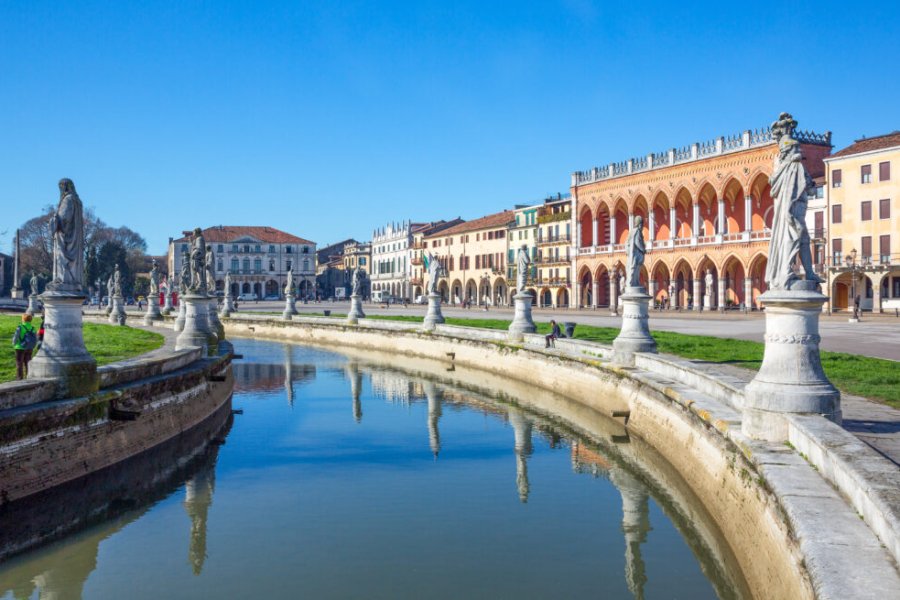Travel Guide Gembloux
Find an accommodation
Advertising
With the Orneau, which rises in Meux and flows into the Sambre at Jemeppe, numerous small streams, the most important of which are the Ligne and the Arton, feed the former over most of its course. A significant slope characterises the course of the Orneau, reaching almost 75 metres over 25 kilometres. In past centuries, this allowed the establishment of numerous mills: up to twenty-three were in full operation in the 19th century. The region, very popular with geologists, allows to observe more than twenty different geological layers. This characteristic has been known for a very long time, limestone and dolomite were extracted from the ground as early as the 12th century, while the black marble of Mazy has made the reputation of the village since the Renaissance.As for the natural heritage, we can mention the presence on the territory of the caves of the Man of Spy where bones from the Neanderthal period were discovered, but also the valleys of the Orneau and the Ligne, which are part of the Natura 2000 protected sites. The architectural heritage includes numerous testimonies of the medieval period, when the region was located on the edge of the Duchy of Brabant and the County of Namur. The castle of Corroy-le-Château, the castle-farm of Sombreffe and the dungeon of Villeret are all worth seeing. In the region, Ligny, which is steeped in the memory of the Emperor Bonaparte, is also worth a visit.Gembloux is also home to the agronomic faculties that are renowned beyond our borders.
What to visit Gembloux?
Advertising
Weather at the moment
Advertising
Organize your trip with our partners Gembloux
Transportation
Book your plane tickets
Car Rental
Boat rental
Accommodation & stays
Find a hotel
Holiday rental
Find your campsite
Tailor-made trip
Immersion travel
Services / On site
Activities & visits
Find a doctor
Find unique Stay Offers with our Partners
Other destinations nearby Gembloux
5 km away
25 km away














